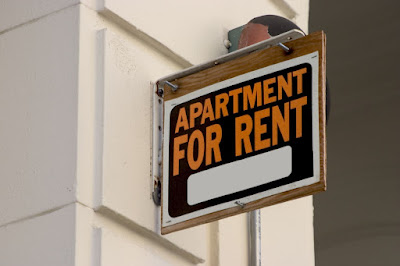What Is Rent Control? A Comprehensive Guide
Understanding the Basics of Rent Control Laws
Rent control is a crucial policy implemented by governments to regulate and stabilize housing costs in certain areas. Designed to protect tenants from skyrocketing rent prices and provide affordable housing options, rent control laws establish limits on the amount landlords can charge for rent. In this article, we will delve into the fundamentals of rent control, its benefits and drawbacks, and explore how it impacts both tenants and landlords.
How Does Rent Control Work?
Rent control operates by setting a maximum allowable rent increase for certain properties. These limits are typically determined by local legislation or regulatory bodies. While the specific details of rent control laws vary across jurisdictions, they often take into consideration factors such as inflation rates, property maintenance costs, and the overall affordability of housing in the area.
The Pros and Cons of Rent Control
Rent control measures aim to provide stability and affordable housing options for tenants. They offer the following advantages:
- Affordable Housing: Rent control ensures that tenants have access to reasonably priced housing, especially in areas with high demand and limited supply.
- Tenant Protection: Rent control laws often provide protection against arbitrary eviction and unfair rent increases, granting tenants a sense of security and preventing displacement.
- Community Stability: By stabilizing rents, these laws help maintain diverse communities and prevent rapid gentrification, allowing long-term residents to stay in their neighborhoods.
However, rent control also has its downsides:
- Decreased Investment: Critics argue that rent control can discourage property owners from investing in maintenance and renovations, leading to a decline in housing quality over time.
- Reduced Supply: The implementation of rent control may dissuade developers from building new rental units, potentially exacerbating housing shortages and driving up prices in non-controlled areas.
- Market Distortions: Rent control can create market inefficiencies, as the capped rents may not reflect the true value of the property or account for changes in the cost of living.
Rent Control Laws Around the World
Rent control laws differ significantly from country to country and even within different regions of the same country. It is essential to understand the specific regulations in your locality. To gain deeper insights into rent control laws in your area, consult local government resources, such as your city's official website or housing department.
Remember to verify the reliability of the sources and consult local authorities or legal professionals for specific advice tailored to your situation.
Conclusion:
Rent control is a widely debated policy tool that aims to strike a balance between affordable housing and market dynamics. By understanding the basics of rent control laws, tenants and landlords can navigate the complexities of the rental market more effectively. While rent control can provide immediate relief to tenants, it is essential to consider its long-term impacts on housing supply and market dynamics. By staying informed and engaging in constructive dialogue, communities can work towards finding sustainable solutions to address the challenges of housing affordability.




Post a Comment
0 Comments